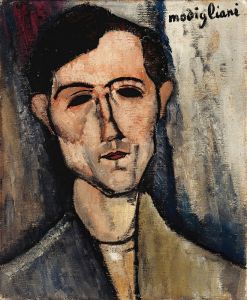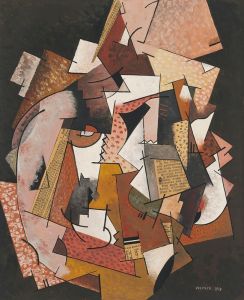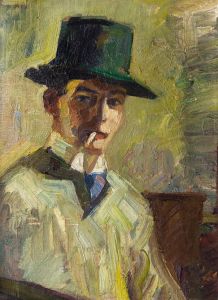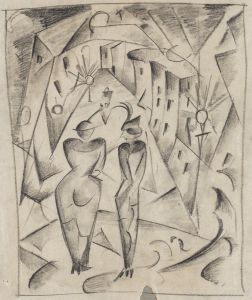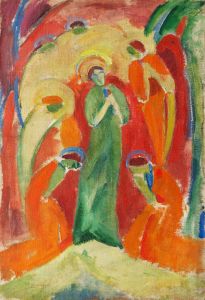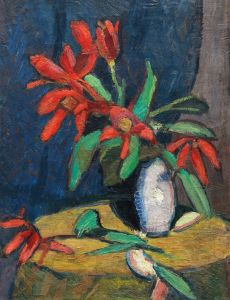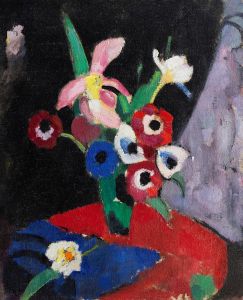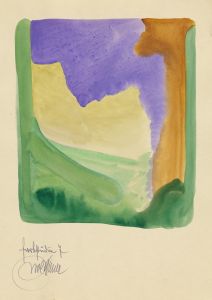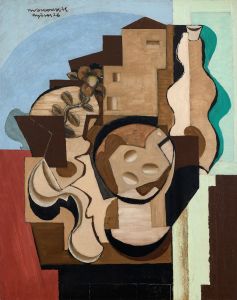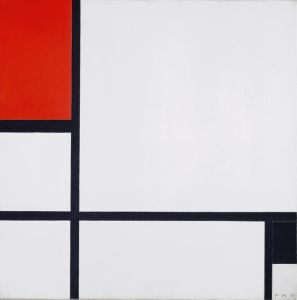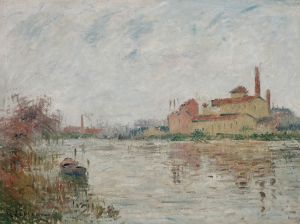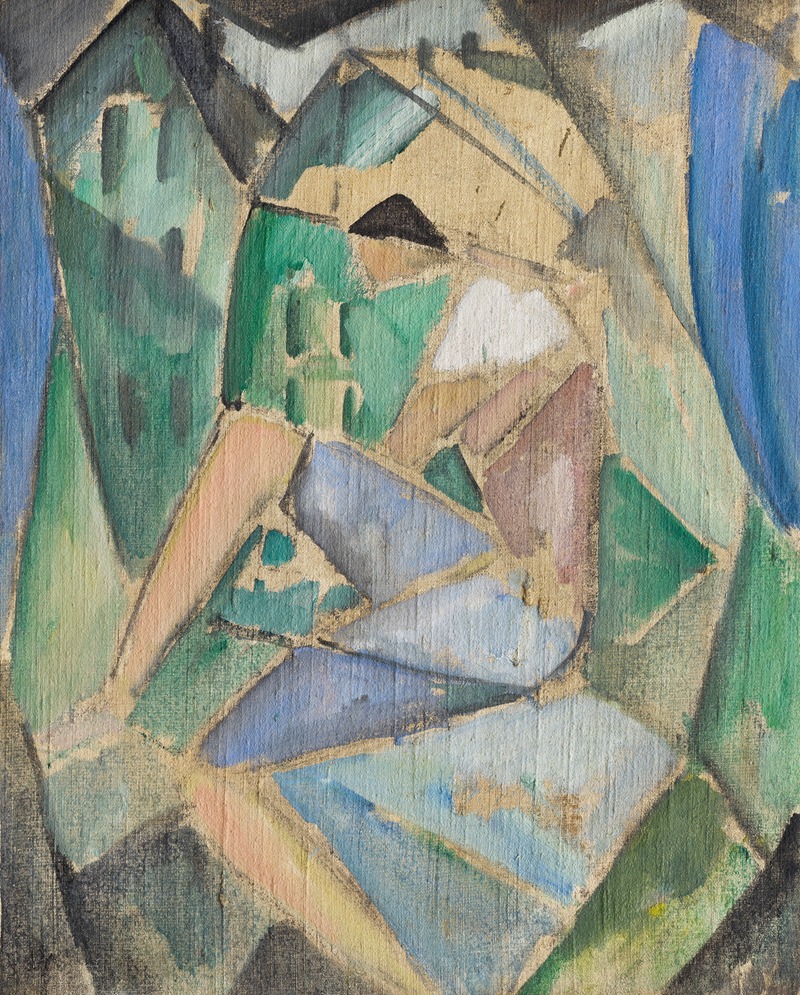
Kubistische Figur mit Häusern
A hand-painted replica of Hermann Stenner’s masterpiece Kubistische Figur mit Häusern, meticulously crafted by professional artists to capture the true essence of the original. Each piece is created with museum-quality canvas and rare mineral pigments, carefully painted by experienced artists with delicate brushstrokes and rich, layered colors to perfectly recreate the texture of the original artwork. Unlike machine-printed reproductions, this hand-painted version brings the painting to life, infused with the artist’s emotions and skill in every stroke. Whether for personal collection or home decoration, it instantly elevates the artistic atmosphere of any space.
Hermann Stenner was a German painter associated with the Expressionist movement, and his work "Kubistische Figur mit Häusern" (Cubist Figure with Houses) is a notable example of his artistic style. Born on March 12, 1891, in Bielefeld, Germany, Stenner was a promising young artist whose career was tragically cut short by his death in World War I at the age of 23.
Stenner's artistic journey began with his studies at the Academy of Fine Arts in Munich, where he was influenced by the works of Franz von Stuck. He later moved to Stuttgart to study under Adolf Hölzel, a pivotal figure in the development of modern art in Germany. Hölzel's teachings, which emphasized color theory and abstraction, had a significant impact on Stenner's work.
"Kubistische Figur mit Häusern" reflects Stenner's engagement with Cubism, a revolutionary art movement that emerged in the early 20th century, pioneered by artists such as Pablo Picasso and Georges Braque. Cubism is characterized by the fragmentation of objects into geometric shapes and the depiction of multiple viewpoints simultaneously. This approach challenges traditional perspectives and aims to represent the subject in a more dynamic and complex manner.
In "Kubistische Figur mit Häusern," Stenner employs the principles of Cubism to create a composition that integrates human figures and architectural elements. The painting features a central figure, rendered in a series of angular, overlapping planes that suggest movement and depth. Surrounding the figure are abstracted representations of houses, which are similarly fragmented and reassembled into a cohesive yet multifaceted scene.
Stenner's use of color in this work is notable for its boldness and vibrancy. He employs a palette of rich, contrasting hues that enhance the sense of dynamism and energy within the composition. The interplay of light and shadow, achieved through the juxtaposition of different colors and shapes, adds to the overall complexity and visual interest of the painting.
The influence of Hölzel's color theory is evident in Stenner's approach to "Kubistische Figur mit Häusern." Hölzel believed that color could be used independently of form to convey emotion and meaning, and Stenner's work demonstrates a sophisticated understanding of this concept. The painting's abstracted forms and vivid colors work together to create a harmonious and expressive composition.
Despite his short career, Hermann Stenner left a lasting impact on the art world. His works are celebrated for their innovative use of color and form, and "Kubistische Figur mit Häusern" is a testament to his talent and vision. Today, Stenner's paintings are held in various collections and museums, where they continue to be studied and admired for their contribution to the development of modern art.
Stenner's life and career were tragically brief, but his work remains a significant part of the Expressionist and Cubist movements. "Kubistische Figur mit Häusern" stands as a powerful example of his artistic achievements and his ability to blend different styles and techniques to create something uniquely his own.





